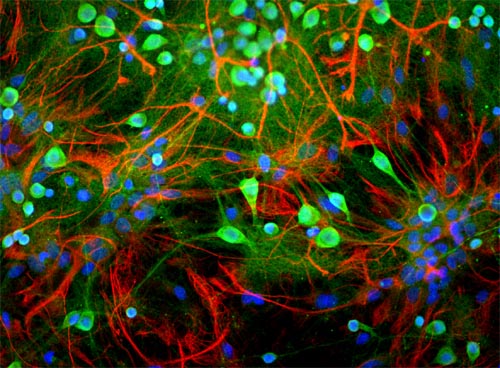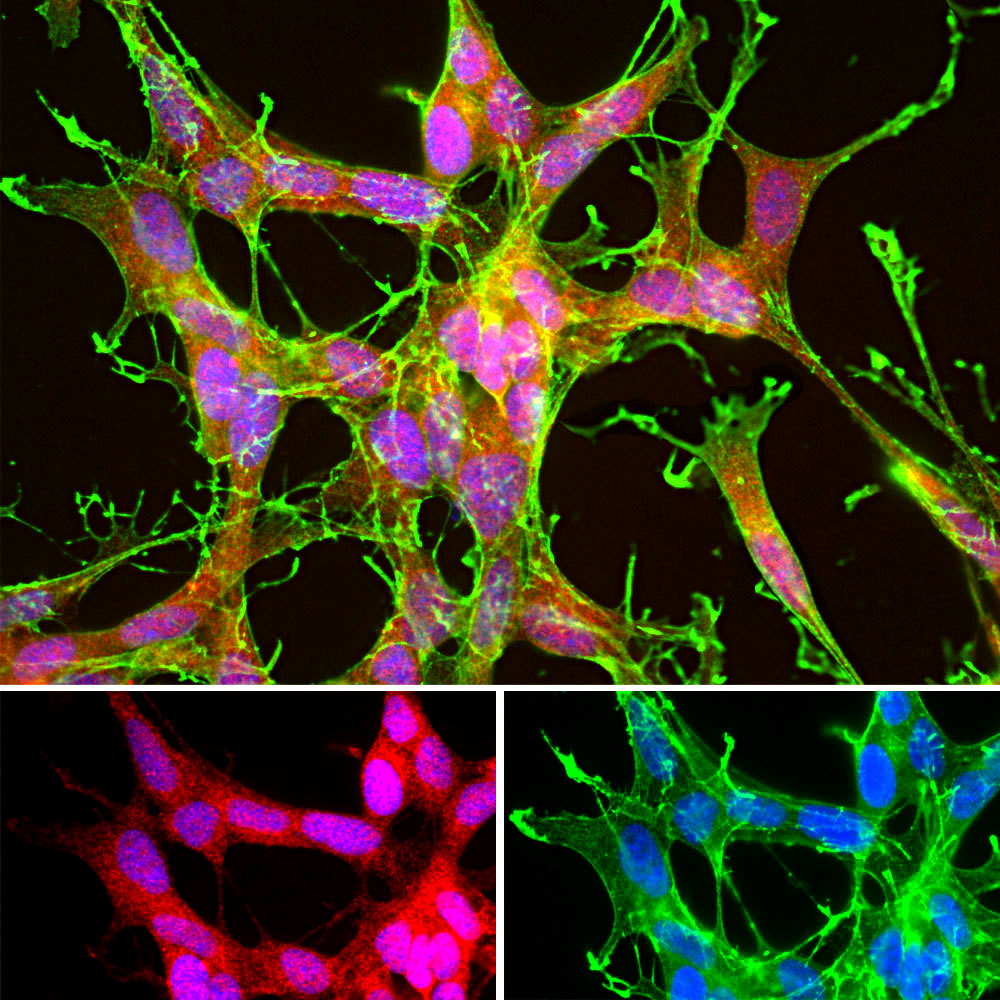
Definition of cellular signaling
Cellular signaling refers to a wide network of connections between cells and within our bodies. Unlike the solid stones that make up the houses, the cells are dynamic and the construction units are continuous. During cell signaling cells are able to coordinate everything from embryonic development to serial immune responses against bacteria and viruses.

Three stages of cellular signaling
Signs between cells can be described as the production of a signal from one cell and then received by the target cell. It is said that the transmission of the signal passes through three stages:
First, reception, as the signal molecules attach to the receiver.
2. Transmission of the signal, as the chemical signal leads to a series of activated enzymes.
3. Response, which leads to cellular responses.

Cell Signaling
Cellular signaling How cells of our body communicate with each other Cellular signaling pathways Arrive between cells of the body How an immune response occurs against bacteria and viruses
Cellular notation
Cellular signaling paths
The cellular signal is mechanical or biochemical and occurs locally. Cellular signal types are determined by the distance the luminaries will travel. In this way, the water-hungry lignin has fatty properties, including steroids and vitamin D3.
These molecules can propagate through the target cell membrane and stick to receptors within the cell. On the other hand, the water-loving lignin is often derived from amino acids and attaches to receptors on the cell surface. These polar molecules allow the signal to pass through the aquatic environment of our bodies without resistance.

Simplified representation of major signal transduction pathways in mammals.
Types of signal molecules
The signaling molecules are currently under five categories:
The inner lumen: produced by the target cell and worked on during adhering to the future.
Self-alginate: It is a distinct type because it works internally and away from other cells (such as immune cells).
Alujain Aljawari: Targets neighboring cells (often referred to as contact-based signaling).
Lignin: Targets only the cells in the vicinity of the producing cell (eg neurotransmitters).
Finally, endocrine cells produce hormones that have an important role in targeting distant cells, often transmitted through the circulatory system.
Cellular signaling function and key players
Cell signaling plays a vital role in making cells maintain life the way we know it. Because of the continued signaling of the cell through these molecules, the body can regulate many complexities in order to preserve life. These complexities require a variety of receiver-dependent paths to perform their tasks.
Cellular signaling How cells of our body communicate with each other Cellular signaling pathways Arrive between cells of the body How an immune response occurs against bacteria and viruses
Cell marking
Receptors within the cell
In-cell receptors are common types of receptors, which are found within the cytoplasm and include two types in general. In addition to cytoplasm receptors, nucleotide receptors are a special type of protein that has an arm to bind to hypoxic DNA. When associated with steroid or thyroid hormone, they form a compound that enters the nucleus to modify gene copies.

sh sy5y cells immunofluorescence
IP3 receptors are another type that exists on the endoplasmic network and perform important functions such as calcium release, which has an important role in muscle contraction and neuronal flexibility.
Ion channels with lignin gates
These receptors swim in the cell membrane, a future that allows water-loving ions to cross the dense lipid membrane of cells and organelles in the cell. When the neurotransmitter binds to acetylcholine, ions (sodium, potassium, calcium and chlorine) are allowed to enter through the membrane to allow for the necessary nerve stimulation of life, in addition to other functions.
Receptors associated with protein-c
This group remains the widest and most diverse of eukaryotic receptors in the eukaryotes. It is so distinctive that it receives input from a variety of signals ranging from photovoltaic energy to peptides and sugars. The mechanism starts with a glutinous glutinous receptor. This compound activates protein-C, which can then initiate a series of activation of enzymes and secondary messengers that perform a range of functions in the cell such as vision, sensation, inflammation and growth.
Future of tyrosine kinase
Is another class of receptors that show a variety of actions and mechanisms of action. For example, the general approach to activation of the gene follows the adhesion of a gene to the future of tyrosine kinase, which allows the kinase arm to be encoded. The pair then releases the tyrosine kinase arm, which allows the proteins inside the cell to stick to the ventricles to be active. Tyrosine kinase receptors play an important role in growth pathways.
One of the drawbacks of this complex network of signaling is that any abnormality that is not visible in any part of the chain leads to disease or irregular growth (cancer).
Source

.png)






0 Comments